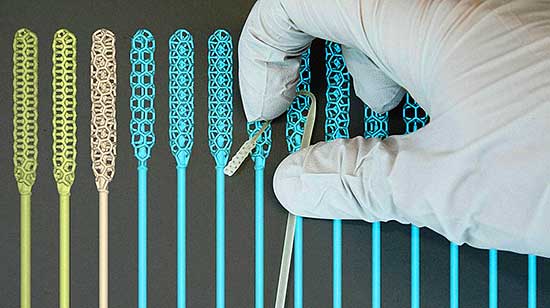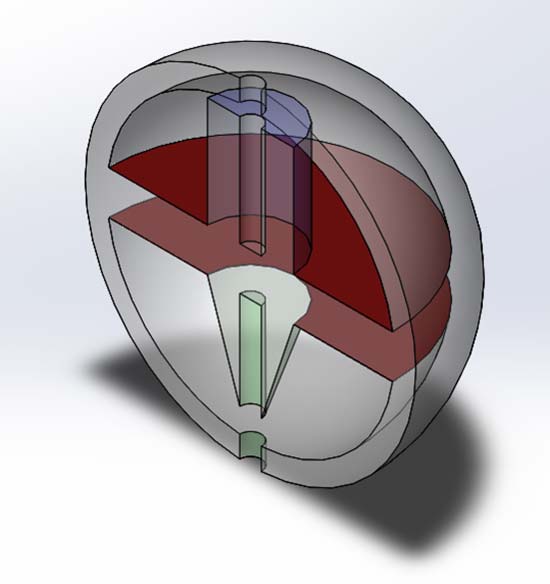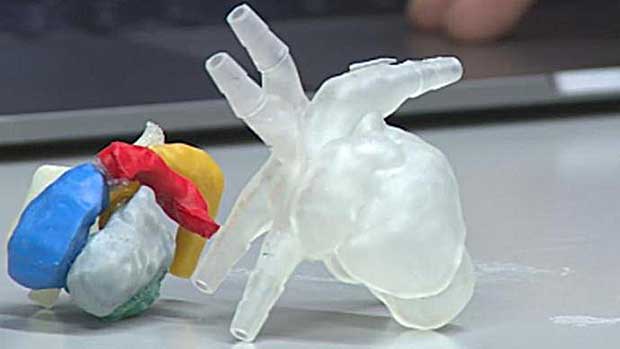
If you spend any time at all reading the news at the moment, you’ll know that protective equipment is in short supply. Those on the front lines combatting the COVID-19 out break are often doing so with minimal protection and next to no realistic support. This is a big problem, and naturally is causing a lot of stress on the front line. However, it looks like we could be seeing a solution – thanks in large part to the usage of 3D printing devices.
Once derided as a toy that would only be used for needless gimmicks, 3D printers are showing their uses outside of creating figurines and novelty items. By ensuring that there can be enough access to needed medical equipment, 3D-printed supplies would help to solve both a limit in supply and an excess in demand. Various firms, from small companies and single entrepreneurs to multinational firms, are pushing hard to get 3D printers involved. The hope is that they can help to develop the needed number of face visors, masks, swabs, and ventilator parts that we need to make COVID-19 manageable.
Of course, this is something that comes down to the willingness of people to get involved. The development of the items and supplies needed to successfully defeat COVID-19 is going to come down to how effectively people are willing to work to solve the issue at hand. the important thing is that we can react quickly, and that we can turn the manufacturing process from weeks to days. This is what 3D printing is helping to solve at the moment – an underwhelming level of supply paired with a poor level of ability to meet demand.
Indeed, HP alone has been involved in the production of some 50,0000 products. This includes everything from facial shields to protective masks and even door handles that can be opened without using your hands. The aim is to try and make sure that 3D printed tools can help to limit the shortfall and ensure that people can have the chance to stay protected as they go about their daily duties.
However, the problem is that 3D printing devices aren’t going to be as strong as those which are made with a clinical process in mind. This means that limitations in safety and their efficacy in a medical set-up means that 3D printed supplies are, at present, a solid last resort. The hope that we could soon see mass 3D printing solve the problem might need to wait a while, as the FDA has made it clear that only a fraction of submitted 3D printed device applications meet standards.
Still, it’s another fine example of when innovation has stepped up to the plate to overcome the challenges involved in meeting 3D printing deman d.
Citation
https://www.cnn.com/2020/04/16/tech/coronavirus-medical-equipment-3d-printing/index.html

